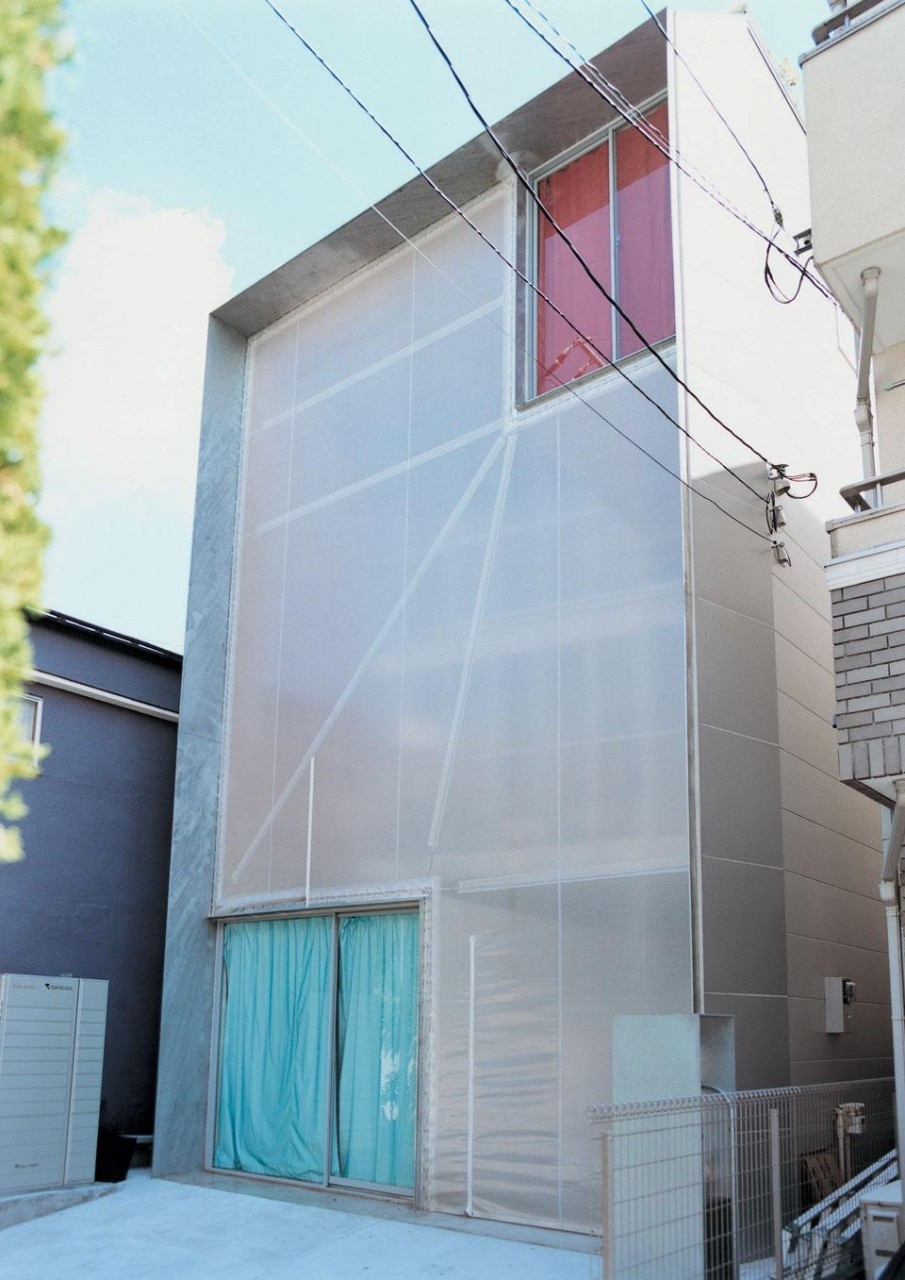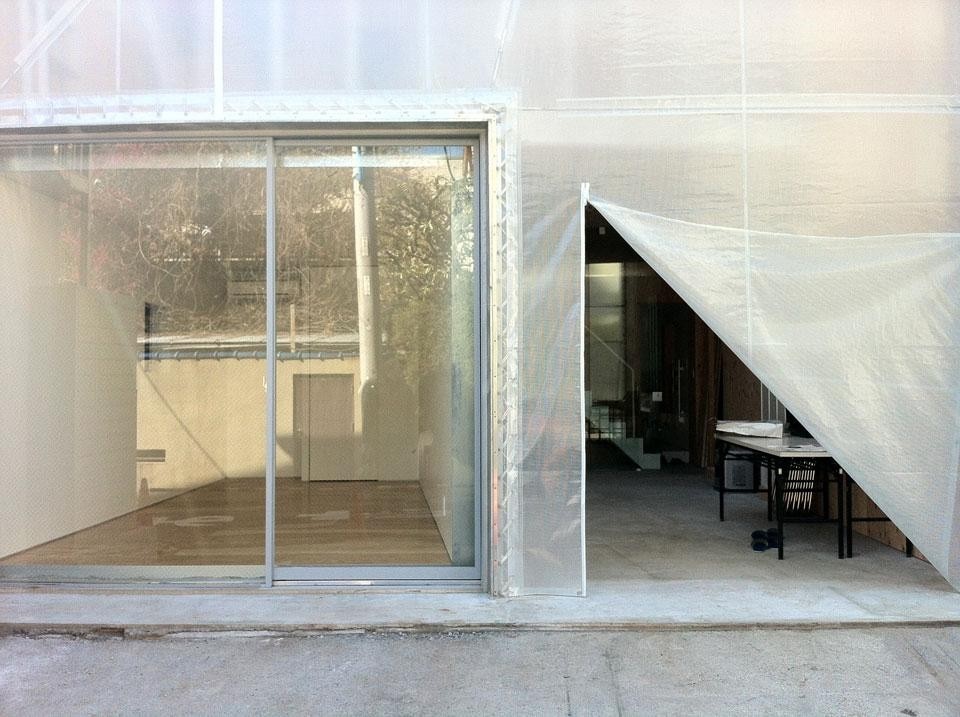First shared house in Tokyo
Share Yaraicho responds to a growing demand for alternative patterns of living and is the first shared house in Tokyo that has been specifically designed as such. It may seem strange but in Japan, all the other existing shared houses are the result of buildings being adapted and converted for the purpose. Over recent years, due to economic and cultural issues but above all for reasons of social transformation, Japan has changed considerably, in fact in 2012 for the first time the percentage of people living alone in Tokyo has topped 50%. Most Japanese young (and old) people live alone and this represents a major difference with respect to their European and American counterparts for whom sharing a house with other students or workmates is a widespread practice. Share Yaraicho – thanks to spaces for socialising and living together – offers an alternative in response to an increasingly widespread request to oppose the trend of social solitude destined to increase over the coming years.
Unzip the facade
Shinohara and Uchimura's project is situated on a quiet site, set back from Kagurazaka's main thoroughfare and consists of a 10-metre-high building with a load-bearing structure in metal – a kind of box open on the front and rear elevation with seven units inserted into it. Some of the units are suspended from the structure in such a way as to leave gaps for storing low furniture and seating. The external facade – made from a semi-transparent waterproof plastic membrane that reflects the external landscape – contributes to the serene atmosphere given by the design. The membrane can be partially opened during the summer via the use of zips, encouraging natural ventilation and contact with the outside. There is in fact no door and solid wall but a zip that opens to take you into the house. Once past the semi-transparent facade, one finds oneself in an airy full-height transition space that serves as a buffer between inside and outside.


Although continuity between building and nature in houses is very much a feature of traditional Japanese architecture, today it is particularly rare to find it in a highly metropolitan setting such as Tokyo. Kaguarazaka however is one of the few areas that has survived earthquakes, fires, wartime bombing and "metropolitanisation" so that even today it maintains consistent traces of an urban and social fabric that dates back to the Edo period, made up of small curved streets, steps, gardens, wooden houses and a sense of community. Here are found not only traces of the original ishidatami paving ("stone tatami") but also something of the atmosphere of the Edo period and it is still possible to encounter women in kimonos and sometimes actual geishas on a regular basis. Shinohara and Uchimura – with their composition and details with regard to use of materials – have instilled a sense of rediscovered sensitivity towards nature and social responsibility in their architecture, owed to the effect of energy-rationing post-Fukushima and a desire to be together.
Shared Yaraicho functions very well during the hotter months, in keeping with the tradition for Japanese houses being built to resist not so much the cold of winter but rather the humidity and stuffiness of the summer. Writer Junichiro Tanizaki recalls that experiencing a certain chilliness at home is part of traditional Japanese aesthetics and so it is in winter in Share Yaraicho, compensated for however by the presence of human warmth.

Client: Private
Site area: 128.60 square metres
Built area: 76.68 square metres
Completion: 2012
Structure: Steel
Structural engineering: Ohno Japan
Contractor: Link Power




